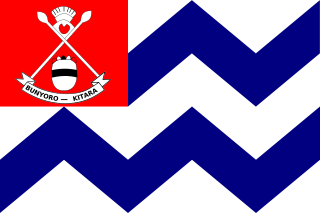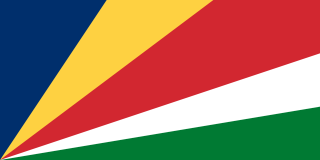Kitahimbwa (or Yosia, 1869–1902) was Omukama of Bunyoro from 1898 to 1902 in Bunyoro nowadays Uganda.
Omukama of Bunyoro is the title given to rulers of the East African kingdom of Bunyoro-Kitara. The kingdom lasted as an independent state from the 16th to the 19th century. The Omukama of Bunyoro remains an important figure in Ugandan politics, especially among the Banyoro people of whom he is the titular head. He is closely related to the Omukama of Toro Kingdom.

Bunyoro is a kingdom in Western Uganda. It was one of the most powerful kingdoms in Central and East Africa from the 13th century to the 19th century. It is ruled by the Omukama of Bunyoro. The current ruler is Solomon Iguru I, the 27th Omukama (king) of Bunyoro-Kitara.

Uganda, officially the Republic of Uganda, is a landlocked country in East-Central Africa. It is bordered to the east by Kenya, to the north by South Sudan, to the west by the Democratic Republic of the Congo, to the south-west by Rwanda, and to the south by Tanzania. The southern part of the country includes a substantial portion of Lake Victoria, shared with Kenya and Tanzania. Uganda is in the African Great Lakes region. Uganda also lies within the Nile basin, and has a varied but generally a modified equatorial climate.
Kitahimbwa became king when his father Kabalega of Bunyoro was exiled to Seychelles. But his government was mainly under British administration. [1]
Chwa II Kabalega, was the ruler or Omukama of Bunyoro in Uganda from 1870 to 1899.

Seychelles, officially the Republic of Seychelles, is an archipelago country in the Indian Ocean. The capital of the 115-island country, Victoria, lies 1,500 kilometres (932 mi) east of mainland East Africa. Other nearby island countries and territories include Comoros, Mayotte, Madagascar, Réunion and Mauritius to the south; as well as the Maldives and British Indian Ocean Territory to the east. With a population of roughly 94,228, it has the smallest population of any sovereign African country.










